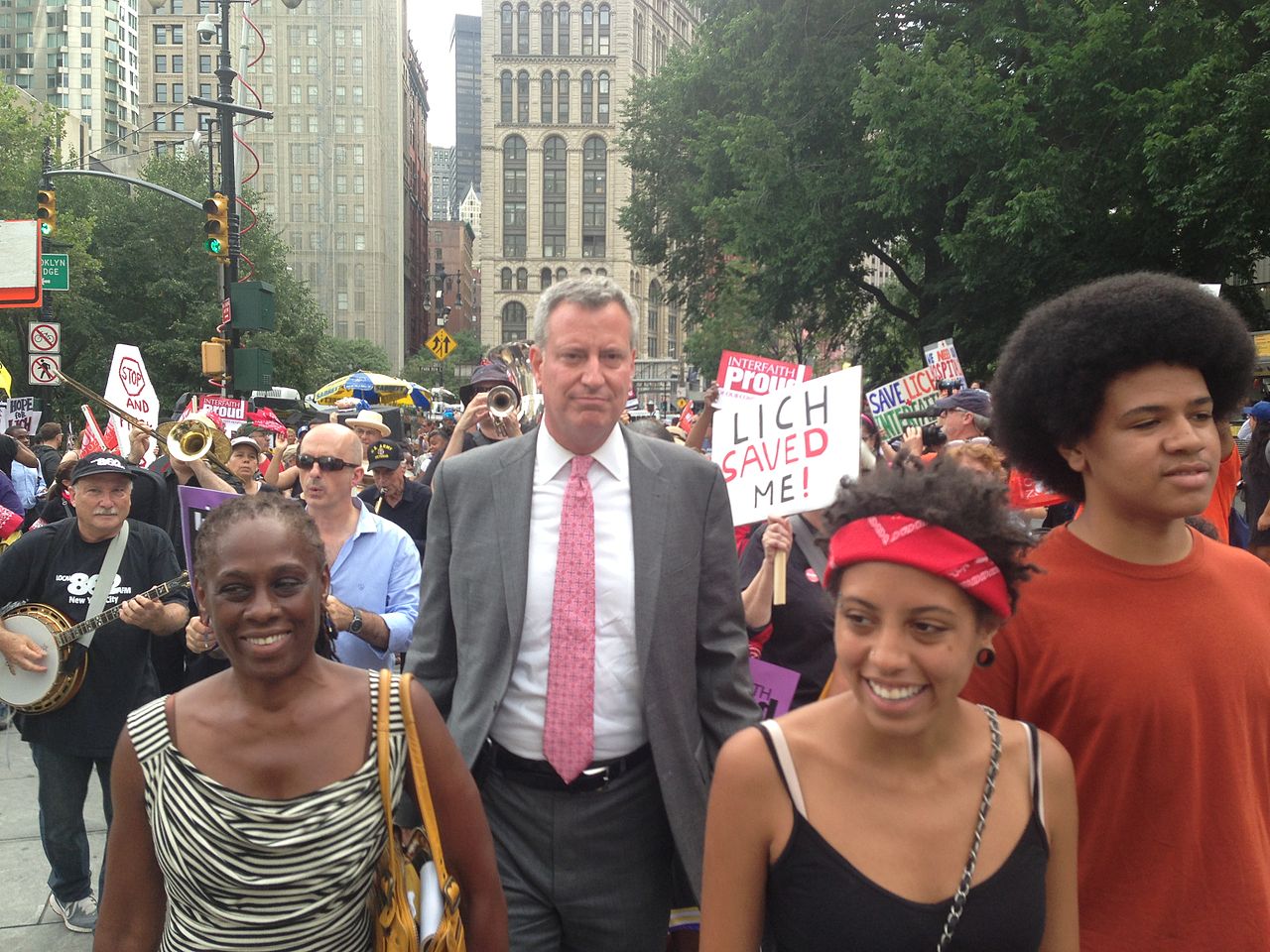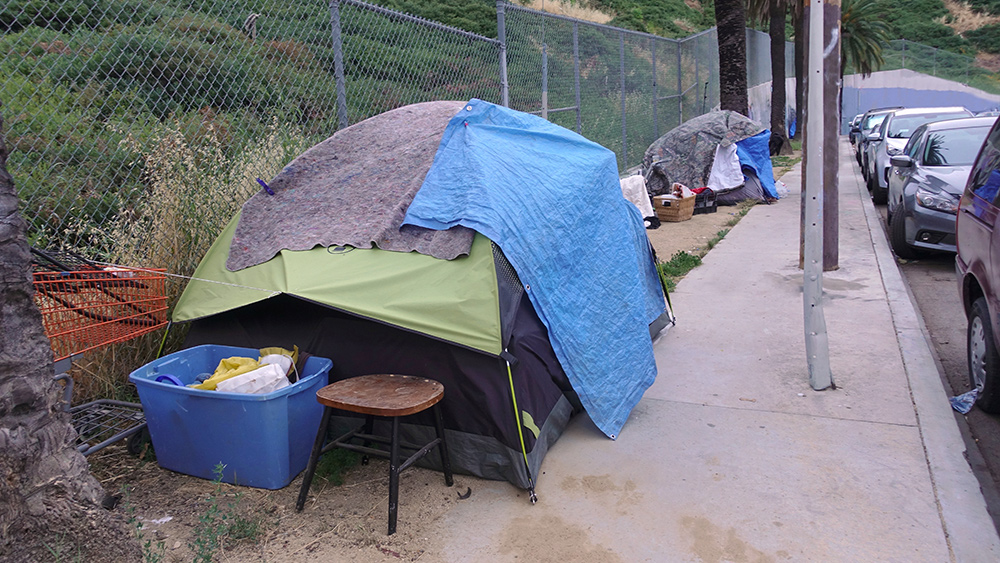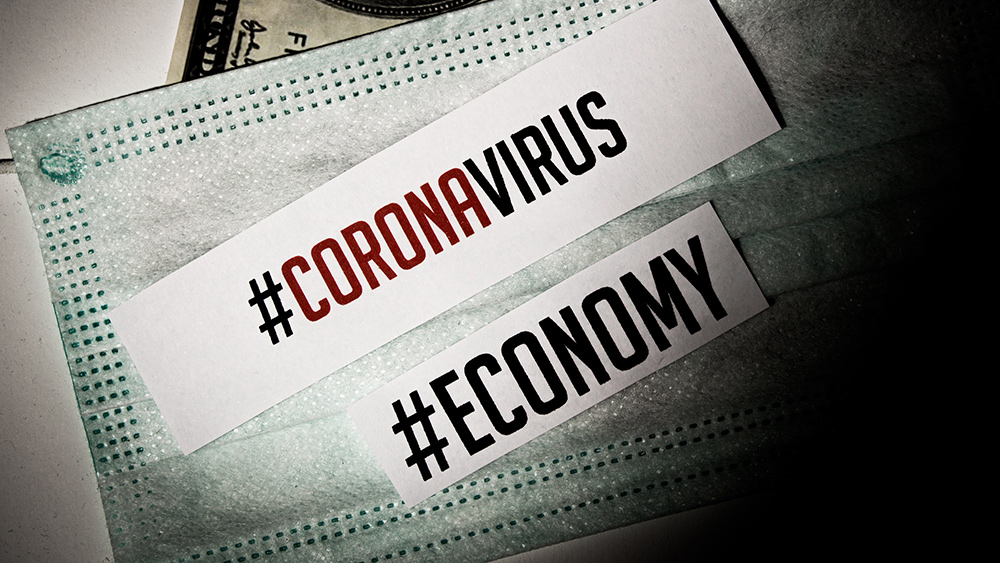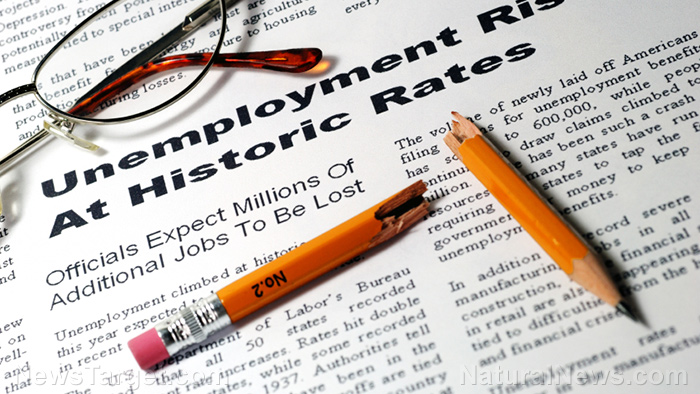California started sending out FEMA-funded unemployment payments on Labor Day
09/11/2020 / By Franz Walker
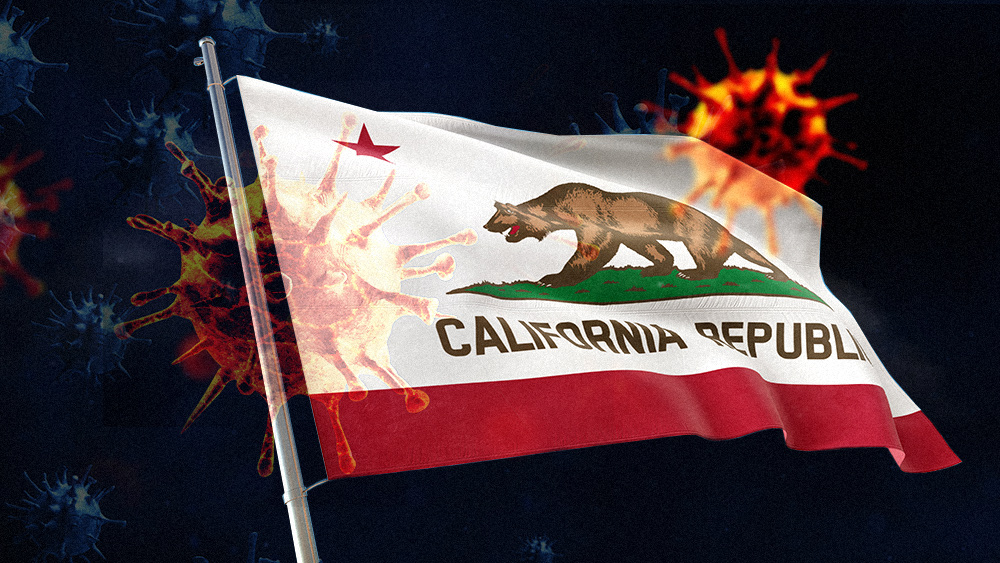
On September 7, Labor Day, California started sending out unemployment payments of $900 each to 3.1 million eligible claimants, drawn from the Federal Emergency Management Agency (FEMA).
The California Employment Development Department (EDD), which handles state and federal unemployment claims for California, is sending out three weekly payments of $300 under the Federal Lost Wages Assistance program, as authorized by an executive order from President Donald Trump.
The payment comes on top of regular state or federal unemployment insurance and replaces the $600 a week in federal payments that expired at the end of July.
California received federal approval for unemployment aid
The EDD, in a press release, stated that California has received federal approval for an initial $4.5 billion in funding for a minimum of three weeks of $300 payments.
The payments will be sent to “eligible claimants,” which are defined as those who have been paid at least $100 a week on their regular unemployment insurance payments received between July 26 and August 15. A second group of about 1.2 million claimants can also receive the $900 lump-sum payment after they complete some final steps and show that their full or partial unemployment is related to the ongoing pandemic.
In addition, the remainder of the $4.5 billion may be enough to fund a fourth week of benefits for some of the claimants.
California has already spent an enormous sum of money on unemployment insurance payments. According to the EDD, the state has already paid out $77 billion in total state and federal unemployment benefits since March 14. This includes $45.8 billion in state benefits and $28.1 billion in federal Pandemic Unemployment Assistance for the self-employed. (Related: Unemployment now at Great Depression levels, food inflation soaring.)
The state isn’t alone in this either: The $300-a-week payments are being rolled out in other states across the U.S. Complicating matters is the fact that there are no guarantees that the payments will continue beyond three weeks – there’s no further funding once the initial $44 billion from FEMA’s Disaster Relief Fund runs out.
The extra $300 a week in payments is itself just part of a patchwork of stimulus that has been put into place. This includes federal stimulus checks sent out starting in April; extra unemployment benefits under federal programs, including first the extra $600 a week and now the extra $300 a week; loans to small businesses to fund their employment even if they’re temporarily closed; and the loans and grants to large companies, such as airlines, to avoid layoffs through the end of September.
Not all Californians who need it are receiving aid
Despite the massive amount of money being doled out, however, researchers at the University of California, Los Angeles (UCLA) Policy Lab state that some 129,000 of California’s neediest and least-paid unemployment claimants may still be ineligible for the federal aid. This is because Trump’s executive order has a stipulation stating that only those who have received at least $100 a week are eligible for benefits.
According to an analysis by the Policy Lab, the average state benefit received by those who are ineligible is $68 per week.
Till von Wachter, a UCLA economics professor and co-author of the report, says being left out of the new benefit “adds insult over injury, especially since no strong justification has been provided for why they are excluded.”
State Sen. Maria Elena Durazo pointed out that, based on the analysis, those who don’t qualify for the federal benefit are disproportionately younger, female and workers with a lower education level.
According to Durazo, the formula for qualifying “perpetuates an immense economic hardship for those on the brink of being evicted, not having food on the table, or not being able to attain employment because they are essential workers whose jobs disappeared with the onset of COVID-19.”
Even for those who do qualify for the $300 in weekly federal aid, the majority will still have benefits below the poverty level. According to the report, the total benefits will average only $575 per week.
For more on the Wuhan coronavirus, follow Pandemic.news.
Sources include:
Tagged Under: bailout money, California, Collapsifornia, coronavirus, covid-19, disease, economics, epidemic, FEMA, financial aid, outbreak, pandemic, risk, superbugs, unemployment, virus, welfare
RECENT NEWS & ARTICLES
COPYRIGHT © 2017 BUBBLE NEWS

